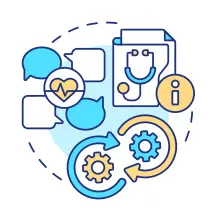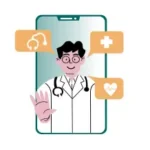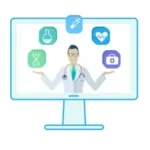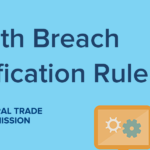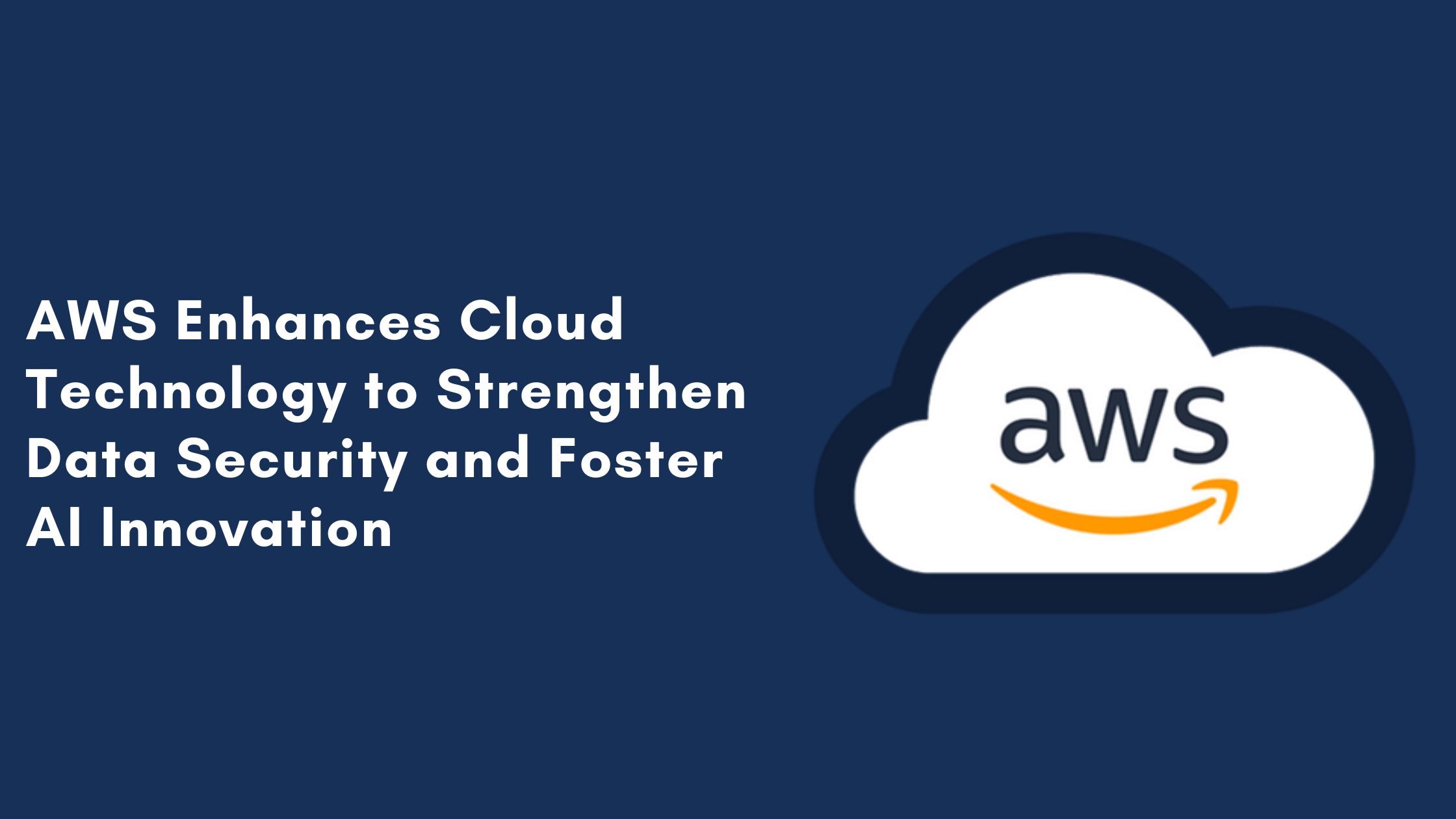
The introduction of protocols like Fast Healthcare Interoperability Resources (FHIR) presents new chances for healthcare organizations to change the way they handle data. The Office of the National Coordinator (ONC) has provided substantial support for FHIR R4, which is now the standard for the industry.
The final regulation for the 21st Century Cures Act was released in 2020 and requires the use of FHIR APIs in standard EHR apps. This is in line with the US government’s goal of achieving healthcare interoperability. Nonetheless, new healthcare IT applications shouldn’t be the exclusive focus of healthcare interoperability. Access to past patient data is often necessary for clinician teams to provide effective care coordination.
The data silo that is created when your healthcare organization’s data is kept on an antiquated system may make it more difficult to provide treatment. In this blog article, we explore the differences between FHIR-native and FHIR-compliant solutions and discuss the Advantages of FHIR native Data Archiving in Healthcare.
Unpacking the FHIR Revolution: Why Healthcare’s Embrace of FHIR-native Solutions Matters
Although FHIR-compliant solutions follow the FHIR standard, FHIR-native solutions are based on the FHIR principles from the beginning and provide a more unified and efficient method of managing data. By keeping legacy health data in the FHIR paradigm, significant monetary burden is eliminated and additional transformation is avoided. Healthcare solutions can save costs and comply with the Cures Act Final Rule, which requires exchanging data with patients through FHIR APIs, by employing FHIR-native solutions instead of a software layer that translates data into the FHIR format.
The intricacy and ongoing change of healthcare data define it. FHIR-native systems offer a more flexible and responsive framework for information preservation and access, making them well suited to manage the dynamic nature of healthcare data. Future modifications that are driven by rules governing healthcare can also be accommodated by an FHIR-native data model.
While FHIR-native solutions function natively within the FHIR ecosystem, reducing complexity and improving interoperability, they differ from FHIR-compliant solutions, which could need extra layers of abstraction and transformation. The primary distinctions between the two platforms are as follows.
FHIR-native:
- The term “FHIR-native” describes healthcare data systems or solutions that use the FHIR standard as their main data format and communication protocol from the ground up.
- Data is saved, accessed, and exchanged directly in the FHIR format in a system that is FHIR-native, requiring little to no conversion or alteration.
- Interoperability and smooth integration with other FHIR-compliant apps and systems are made possible by this method.
FHIR Compliant:
- Healthcare data systems or solutions that accept FHIR standards but were not initially created with FHIR as their primary data format are referred to as FHIR-compliant.
- When exchanging data with other FHIR-compatible systems, a layer or middleware in a compliant system may translate data between the internal data format of the system and the FHIR standard.
- With the use of this method, current healthcare systems that could employ various data formats or standards can become FHIR compatible for interoperability reasons.
FHIR-native: Empowering Healthcare with Seamless Integration and Real-time Access
- Seamless Integration: It is possible to integrate data into other FHIR-native systems seamlessly by converting it into the format beforehand, notably for government entities that need to be FHIR enabled. Data exchange becomes easier because every system is utilizing the same standard. FHIR-native solutions facilitate easy data interchange and interoperability across heterogeneous platforms by seamlessly integrating with current healthcare procedures and systems. Through the utilization of FHIR’s standardized data format, entities can avert compatibility problems and attain increased synchronization between their diverse systems and applications.
- Compliance With Government Regulations: It is critical to abide by legal requirements, especially in light of the US government’s goal for FHIR to become the industry standard for healthcare data interoperability. All organizations, both present and future, operating in the healthcare sector are required by this program to comply with certain industry standards. Thankfully, there are easily available solutions that make the shift to structured data formats easier and do not require extra transformation procedures. One such product that aids healthcare businesses in data transformation is a healthcare data archival solution that is FHIR-native.
- Robust Data Storage: Strong storage capabilities are provided by FHIR-native data archiving solutions, which enable businesses to safely store enormous volumes of medical data while maintaining scalability and accessibility. FHIR-native solutions facilitate effective data retrieval and administration by offering capabilities like resource segmentation and versioning. This gives healthcare practitioners extensive insights into patient health histories and treatment procedures. When working with changeable data from several sources, storing data natively in the FHIR standard is highly efficient. Furthermore, the extensibility concept of FHIR makes handling uncertain data effortless.
- Real-time Access: The ease of accessing real-time data is one of the main benefits of archiving data that is FHIR-native. Healthcare providers can instantly access patient data by utilizing FHIR’s RESTful APIs, which facilitates prompt decision-making and individualized treatment delivery. Healthcare information can be accessed and exchanged in real-time using a uniform interface offered by FHIR-native systems, which can access data from wearables, medical equipment, or electronic health records (EHRs).
- Reduced Data Transformation Costs: Healthcare interoperability can be advanced in an organized manner with the aid of FHIR-native solutions, which can help to preserve greater data quality. As the sector prepares to embrace an FHIR-based technological ecosystem, a plethora of tools are at the facilities’ disposal to guarantee that care facilities maintain and inspect data quality. The use of significant data transformation is also avoided by FHIR-native solutions since data is interchanged and stored in a common FHIR format from the start. This decrease in overhead reduces the possibility of errors and inconsistencies that come with human data manipulation while also streamlining data management procedures.
What exactly is FHIR-native technology, and how does it differ from FHIR-compliant solutions?
FHIR-native technology uses Fast Healthcare Interoperability Resources (FHIR) as the fundamental communication protocol and format to create healthcare data systems from the ground up. On the other hand, FHIR-compliant solutions could enable FHIR standards by adapting current systems. There is no need for significant transformation when using FHIR-native solutions because they store, retrieve, and exchange data in the FHIR standard natively. On the other hand, middleware might be needed for format translation in FHIR-compliant systems. This native method streamlines procedures and improves the effectiveness of data sharing by fostering seamless integration and interoperability across FHIR-native systems.
How does adopting FHIR-native solutions benefit healthcare organizations in terms of interoperability and data management?
Healthcare companies gain a great deal from adopting FHIR-native solutions since they improve interoperability and streamline data management procedures. These technologies enable effective patient information sharing across heterogeneous platforms by facilitating smooth communication and data exchange between various healthcare systems. Organizations can connect different healthcare apps more successfully and lower complexity and interoperability issues by following the standard FHIR framework. Furthermore, by removing the need for significant data transformation, FHIR-native solutions expedite data administration, guaranteeing data accuracy and consistency while enhancing overall operational efficiency.
In Conclusion
Organizations can get many strategic benefits from adopting an FHIR-native strategy, such as seamless integration, dependable data storage, quick access, and reduced data translation costs. FHIR-native solutions are positioned to play a critical role in stimulating innovation, improving patient outcomes, and advancing interoperability throughout the healthcare landscape as a result of the sector’s continuous evolution. Adopting FHIR-native archiving solutions is not only a strategic requirement for businesses hoping to succeed in the digital healthcare era, but also a technological one.

